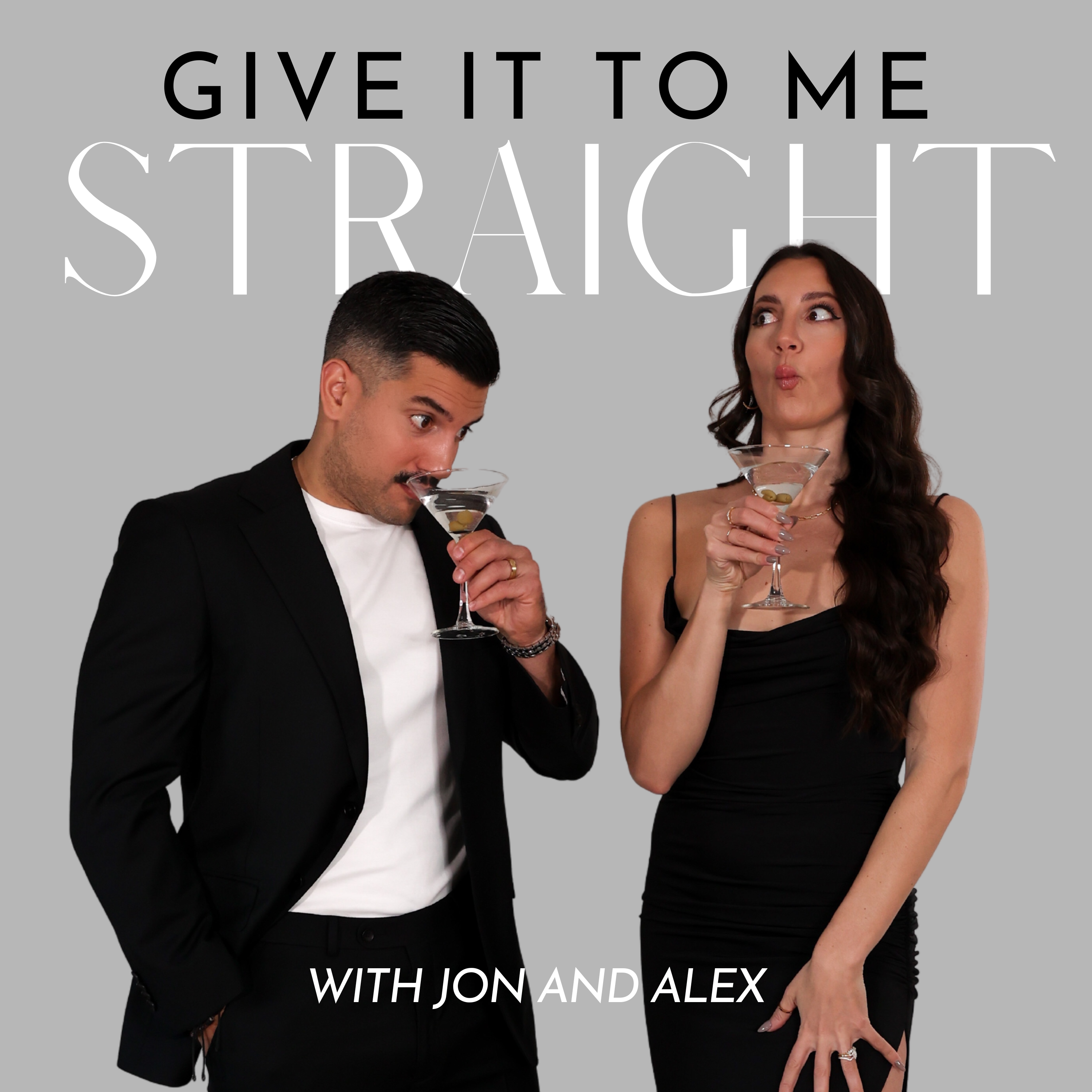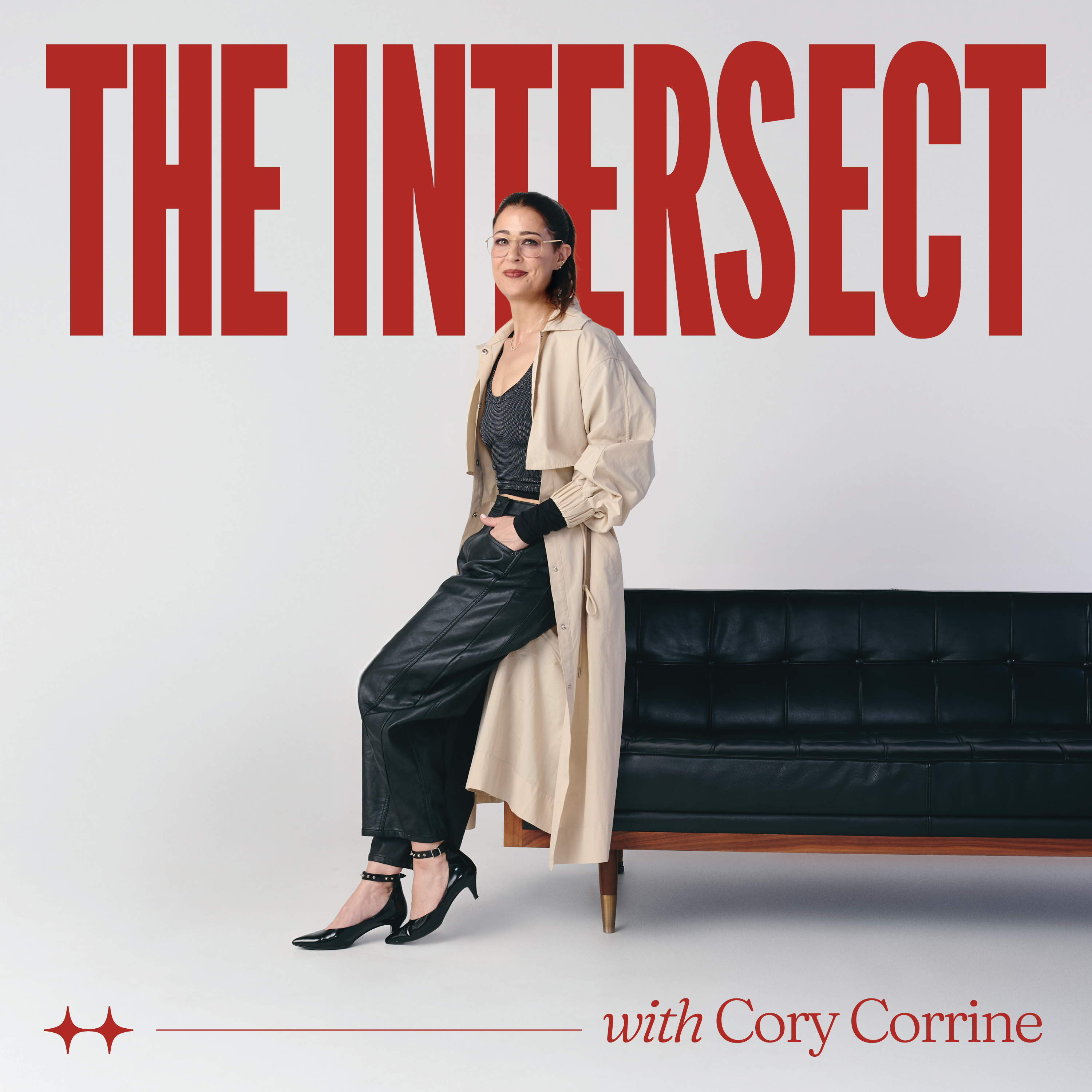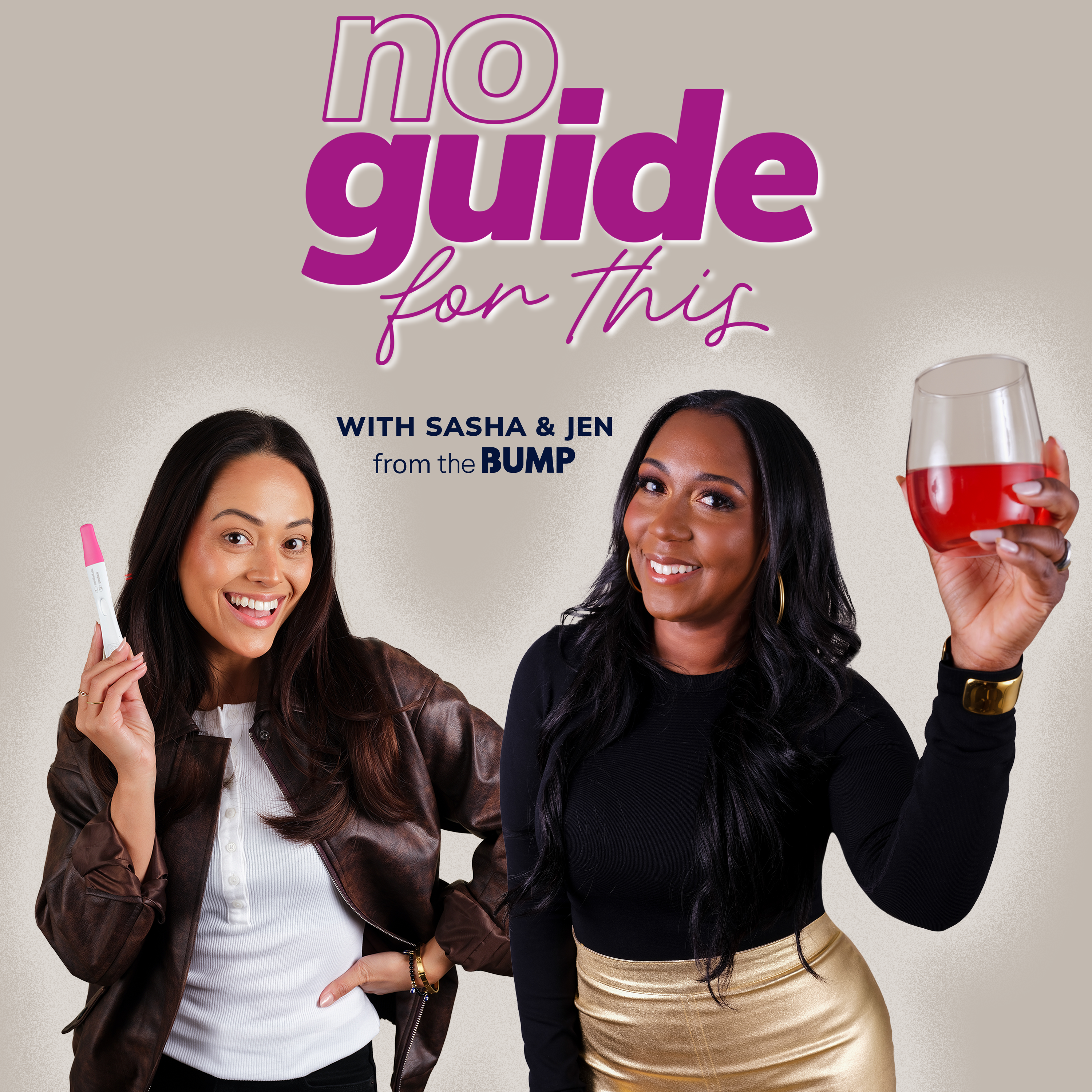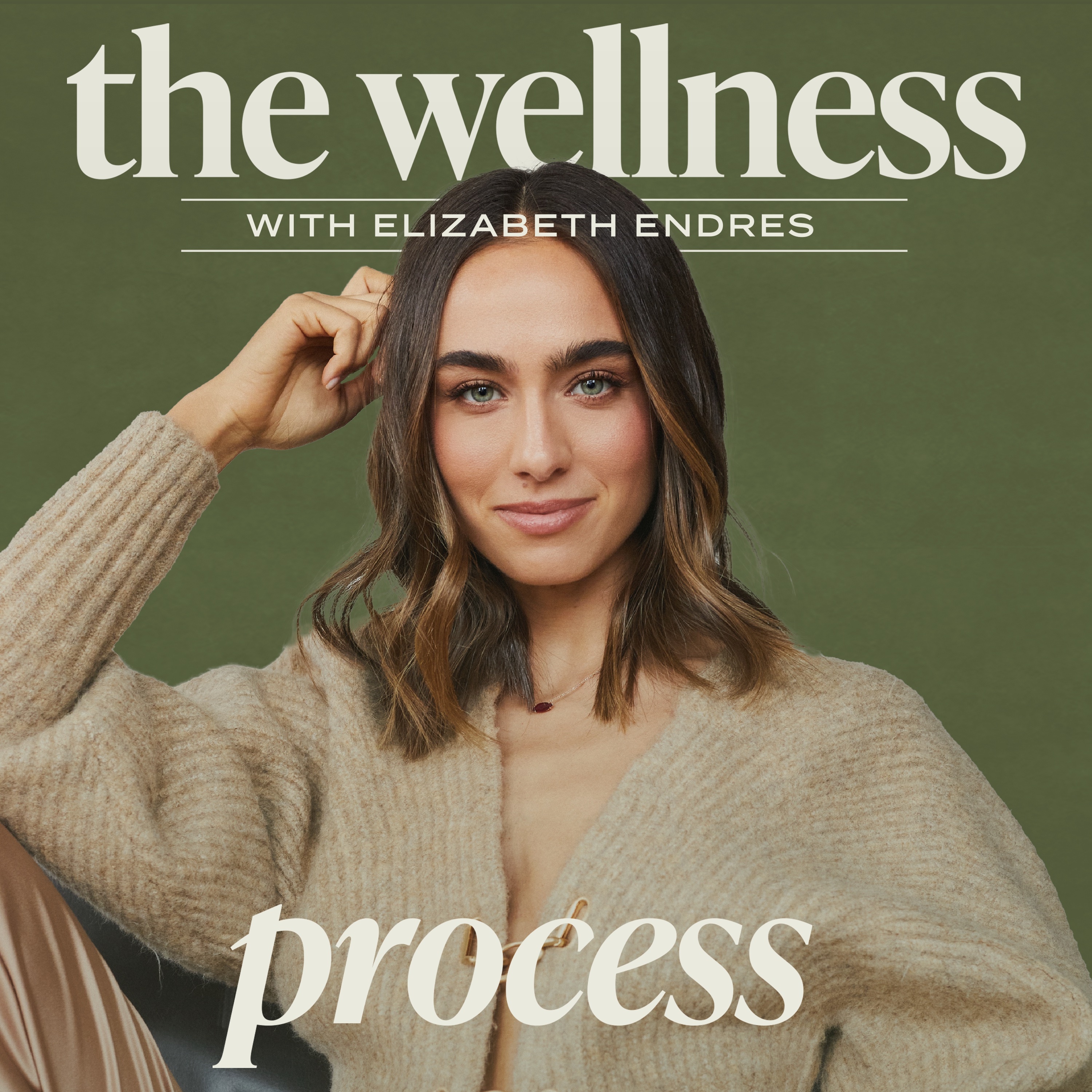How To Write A Good Podcast Description
ƒ√Everyone involved in the podcasting industry knows about podcast descriptions. Still, beginner podcasters are often overwhelmed by the amount of work that’s necessary to get a show running. It’s so much more than being the podcast host, setting up a social media account, and recording a few podcast episodes! Writing a good podcast description can make or break your show’s growth. Don’t worry, though, it’s not too late to learn how to write a podcast description that will help promote your show!
There are actually two types of podcast descriptions. First, there’s what we call an episode description. This is also referred to as a podcast episode summary and it’s meant to describe what a specific episode is all about. Then we have a show description. This is what today’s article is dedicated to! Your show description tells potential listeners what they can expect from your show and “sells” it to your target audience. It’s all about getting them to hit play and subscribe! Today we’re sharing the secret to writing a great podcast description.
How To Write A Good Podcast Description
Set the expectations for what your show will be like.
The whole point of writing a great podcast description is to tell potential listeners what to expect from your show! Your target audience needs to know what your show will be like and what topics you will be diving into. So that should be your first priority when you write your podcast description! Give yourself time to think, conceptualize your show, and write about it. Tell listeners what to expect, it’s as intuitive as that. Give some insight into what kinds of topics you’ll cover, if you’ll interview guests or not, and what the overall vibe of the show will be. Explain to your audience the value they can gain from listening to your show and all of the individual episodes.
Introduce the podcast host or hosts.
Who will be the podcast host of your show? That’s quite an important question since the hosts can determine a good chunk of the show’s success. Potential listeners want to know who’s voice they will be tuning into each week. So make sure to mention the podcast host at the beginning of your show description! Be sure to include a brief summary of who they are, what they do, and why they’re the hosts of the show.
Share your release schedule.
Do you post a new episode weekly, biweekly, daily, or monthly? Make sure you share that info in your podcast description. This lets potential listeners know how often they can expect a new episode from you. If you post weekly or biweekly, let them know which days of the week to check back for new episodes.
Make the podcast description engaging to potential listeners.
It’s all about making potential listeners engaged with your show description. How can you do this? Through questions and context words! First things first, questions are enticing and allow a potential listener to imagine receiving the answer or benefit you’re asking in the question. So for example, a question like “Do you want to live a more fulfilled life?” for a motivational podcast. Asking this kind of question immediately engages the potential listener and gets them to personalize the value they could gain from listening. It’s like you’re talking directly to them. It creates interest and makes them feel part of the narrative. Now, onto context words. Context words have been shown to increase interest and attention. These are the kind of words that create an impression for potential listeners reading your podcast description. You can view a giant list of context word examples here.
Use keywords for better SEO.
SEO refers to Search Engine optimization, AKA the process that makes any online content rank better on Google. But for the podcasting industry, it also applies to podcast directories like Apple Podcasts or Spotify. So it’s extra important that you use keywords here! You can find the words that rank higher for your target audience through keyword research. This is the process of analyzing different search terms that your potential listeners might search. And then you pick the keywords that’ll work best for you and your show description!
Be relatable to your target audience.
Potential listeners want to listen to shows they find relatable to their current circumstances, interests, or future ambitions. A true crime podcast’s show description will have a radically different tone from a comedy or a lifestyle show. So you need to speak as a friend or the expert advisor they need! Both in the podcast episodes and the show description. If you’re the podcast host, talk a little about yourself and tell potential listeners why they should listen to your show above others. This goes for podcast episode titles as well. Make them relevant to your audience! Don’t worry, we have a post on how to title podcast episodes that will save you tons of time drafting the perfect episode title.
Find the sweet spot in terms of description length.
Here’s the deal. Apple Podcasts allows for 4,000 characters for any podcast description. But that doesn’t mean you should write a blog post instead of your show description! Forget about that character limit and use common sense to write a good podcast description. Make it a single paragraph or two. The main point here is you want to get the value across. You want readers to understand who you are, what your show is about, and why they should subscribe.
Finish off with a call to action.
Call to actions are key when you want to motivate your target audience to hit play! You need to include some sort of encouragement for potential listeners to get them to listen to your show. This could be a simple “tune in every Friday for a new episode”. Or something a little more specific, like “subscribe to learn practical strategies to improve your mental health”. You can also include a social media call to action, inviting your listeners to follow you on other platforms. Just be sure to encourage potential listeners to interact with you and your content at the end of the show description!
For more inspiration, take a look at all of these podcast description examples:
If you’re loving these tips but want to get a few examples to help you feel more confident writing your podcast description, we got you! Take a look at all of the Dear Media shows HERE. You can click into each individual podcast and see their show description! They are all slightly different, but you’ll see each one finds a way of adding the value needed to grab a listener’s attention.
Have you written your podcast’s description yet?
And that’s how you write a great podcast description! As you can see, you don’t need to worry or stress too much about your show description. If you follow these tips, both potential listeners and podcast directories will favor your description. Do the work and your target audience will hit play without a doubt! And if you’re curious about how you can measure your podcast performance, read THIS article to learn how to check how your show is doing. That’s all for now, podcasters. Good luck writing an absolutely epic podcast description!



















